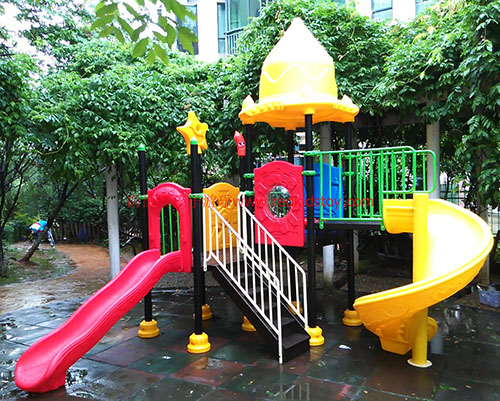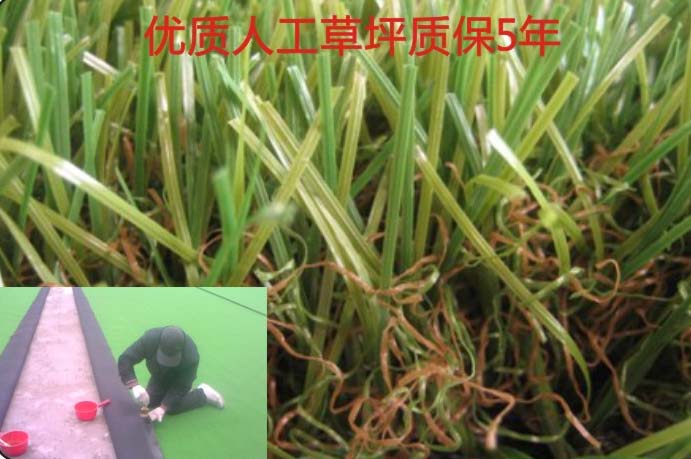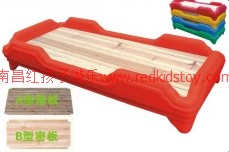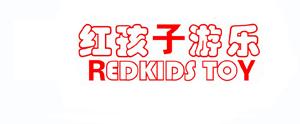The Guidelines for Kindergarten Education point out that "the environment is an important educational resource, and the creation and utilization of the environment should effectively promote the development of young children." Let the environment of kindergartens "come to life", engage in dialogue with young children, and better interact with them.
The new "Guidelines for Kindergarten Education" emphasizes creating a diverse, multi-level, selective, and free environment for young children, allowing every child to have the opportunity to interact with it, so that children can develop through active interaction with the environment in their own way. Placing the educational value of the environment in an important position throughout education is the task of early childhood educators.
In the long river of educational development, theme wall decorations in kindergartens have always been an important part of kindergarten life as an indispensable "environment" to promote children's development. To some extent, wall decoration has become an effective means of kindergarten education and teaching. However, there are many problems in the environmental design of kindergartens, especially in the creation of class themed wall decoration environments.
Problem 1: Teachers tend to use their hands and brains more, while young children tend to use their hands and brains less. The wall environment design places too much emphasis on the exquisite, beautiful, and complete content of the work. The phenomenon of teacher planning and design is common.
Problem 2: The convention in kindergartens requires teachers to set up a good environment and conduct environmental evaluations at the beginning of the school year, which inevitably leads to teachers having more imaginative plans and children having fewer imaginative plans, purely pursuing the result of environmental decoration.
Problem 3: Due to the meticulously arranged environment at the beginning of the school year, I am reluctant to replace it, often resulting in wall decorations that remain unchanged throughout the entire semester. Problems such as fixed abundance and minimal variation. Fortunately, we have gradually become aware of the above-mentioned issues. However, it must be acknowledged that our environment creation is mostly based on the imagination and wishes of teachers, without considering the interests, needs, and current development level of young children. As a result, the environment has lost its rightful impact and educational value in promoting young children's development.
In the daily classroom environment design, our class often consciously uses children's works as a material for creating the class environment, and through processing and combination, forms one of the contents of the recent class environment design. This approach not only satisfies the desire of young children to express themselves, but also embodies the educational philosophy of teachers and students co building a classroom environment, which can be said to kill two birds with one stone.
In short, as an important educational resource, the impact of the environment on young children, although implicit, is enormous. The creation of kindergarten class environment should not only emphasize "beautification, greening, and purification", but should also be the crystallization of interaction between children and the environment. The creation of kindergarten class environment should be aimed at the development needs of young children, fully tapping into their main role, mobilizing their enthusiasm for participation, and guiding them to actively interact with the environment. Therefore, it is crucial to scientifically create a classroom environment for kindergartens in their daily educational activities.
NEWS CENTER
Home > News Center

Show News
Concept of Classroom Environment Layout in Kindergarten
Date:2024/3/26 11:16:18
PREVIOUS:儿童乐园常见问题
No next

















